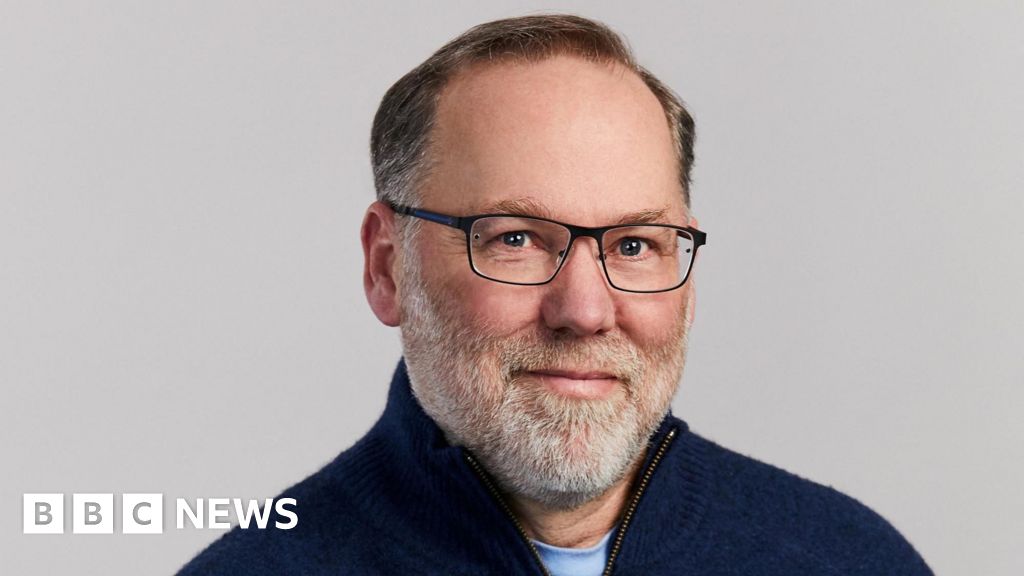Afghanistan’s acting Foreign Minister Amir Khan Muttaqi, pictured here attending a conference in Tehran in December 2023. (West Asia News Agency via Reuters)
KIRAN SHARMA
October 8, 2025 14:58 JST
NEW DELHI — Afghanistan’s Taliban Foreign…

Afghanistan’s acting Foreign Minister Amir Khan Muttaqi, pictured here attending a conference in Tehran in December 2023. (West Asia News Agency via Reuters)
KIRAN SHARMA
October 8, 2025 14:58 JST
NEW DELHI — Afghanistan’s Taliban Foreign…

US scientist Dr Fred Ramsdell was on the last day of a three-week hike with his wife Laura O’Neill and their two dogs, deep in Montana’s grizzly bear country, when Ms O’Neill suddenly started screaming.
But it was not a predator that had disturbed…

Pakistan’s reported proposal to grant the United States a development and management role at Pasni port, as reported by the Financial Times, marks one of the most consequential geopolitical developments in recent years.
Situated along…

Sitting atop her lion, the Hindu goddess Durga wields a celestial weapon in each of her 10 hands. But her target isn’t the usual demon of deceit, Mahishasura.
She’s taking aim at a…